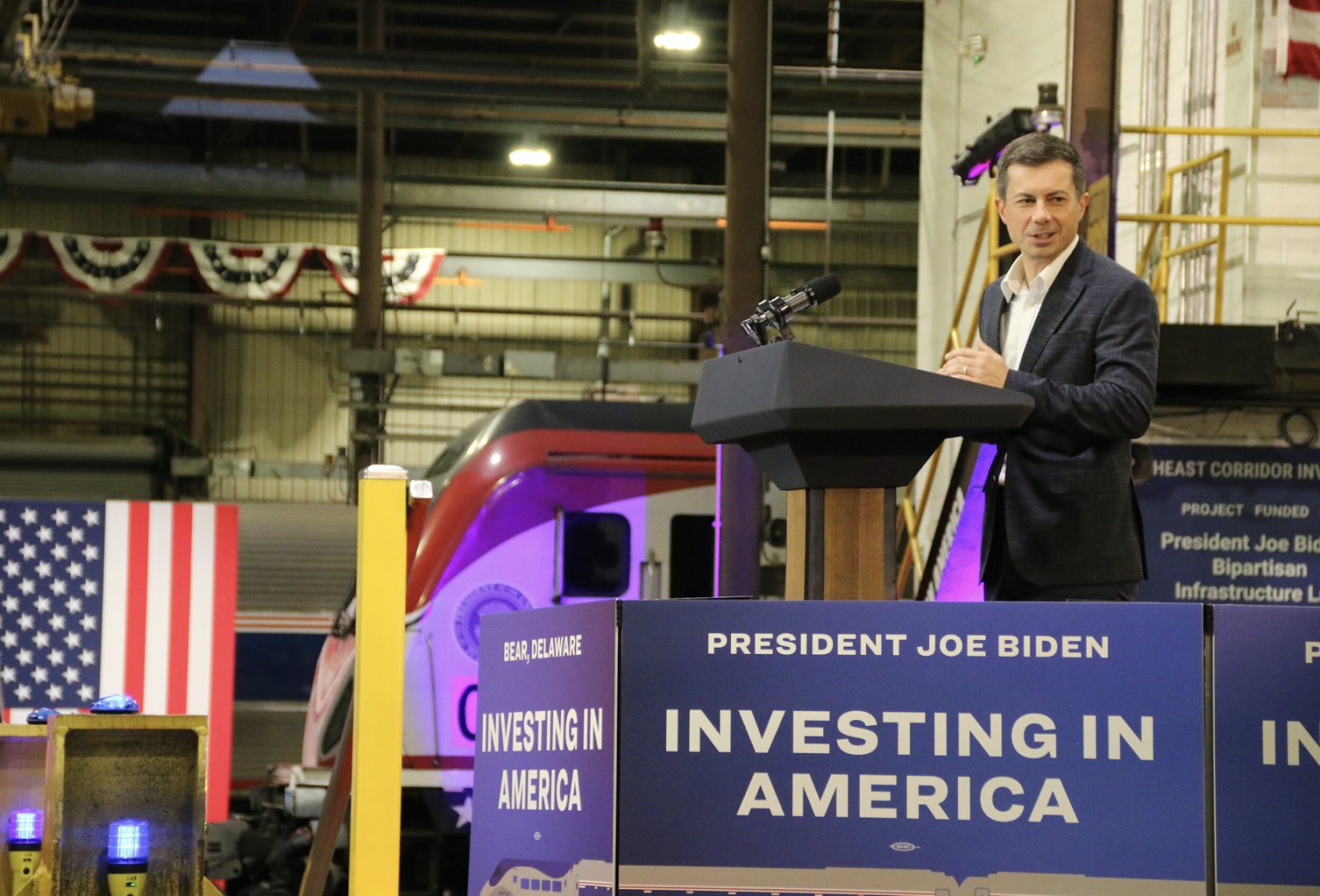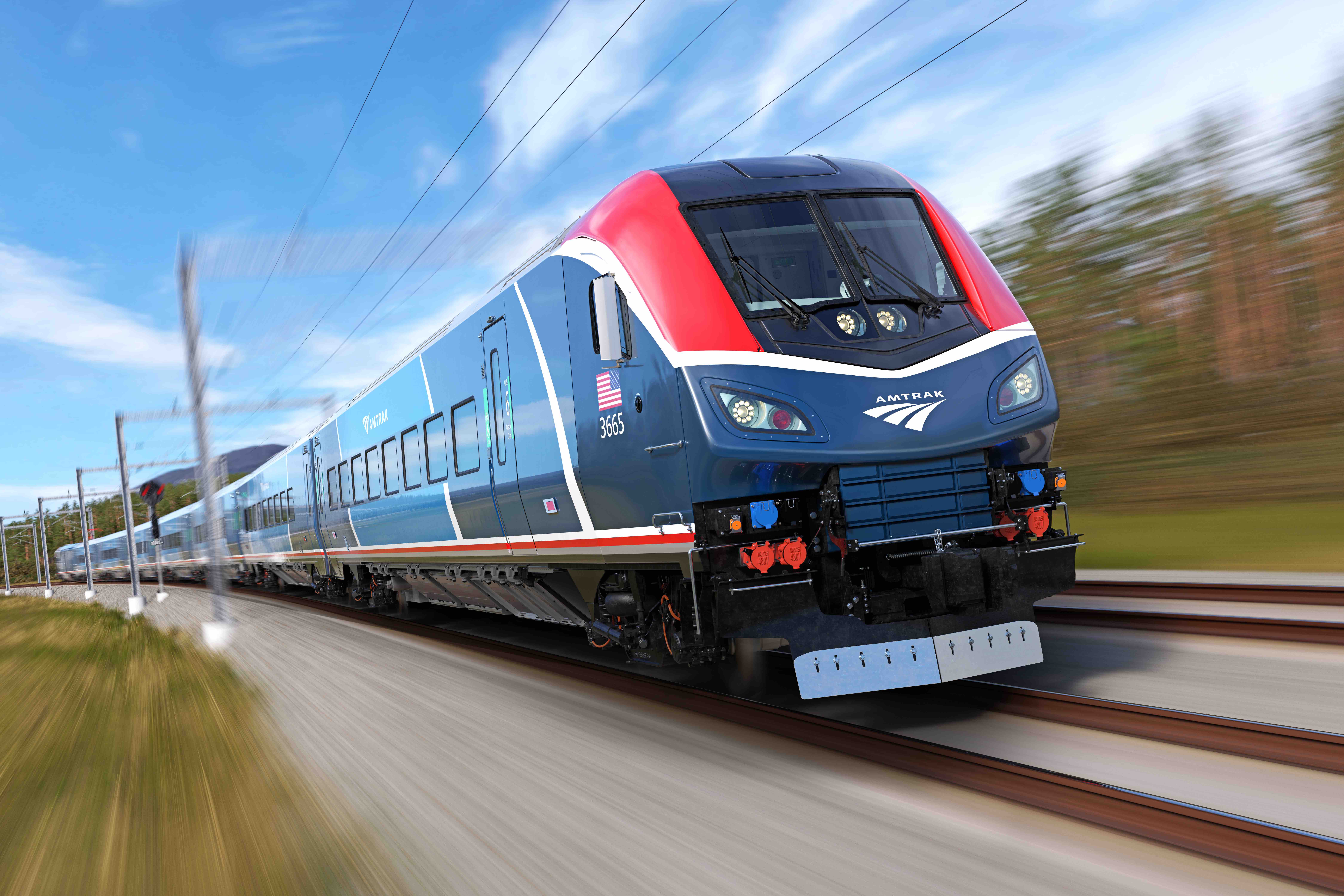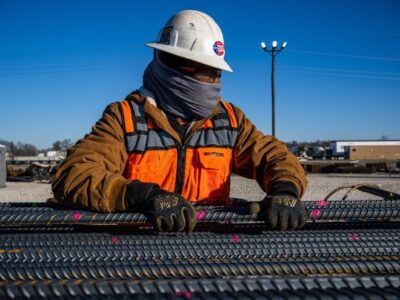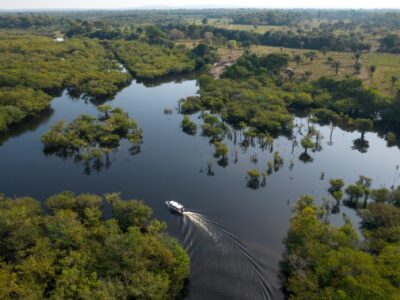The Northeast Corridor is the most-traveled Amtrak route in the U.S. More than 20% of the U.S. GDP comes from the route, stretching from Boston to Washington, D.C. It stops at major East Coast cities like New York, Newark, Philadelphia, Wilmington, and Baltimore.
The route is a highly efficient travel option, saving several emissions from cars or airplanes. Trains are considered one of the most effective methods for transportation decarbonization.
The problem Amtrak is facing is crumbling infrastructure. Most of its tunnels are more than 100 years old. The Frederick Douglas Tunnel that connects Baltimore to D.C. was built in 1873, and some structures date back to the 1830s.
To update the system, the federal government is preparing a $16.4 billion Northeast Corridor upgrade package, part of the Bipartisan Infrastructure Law.
Tunnels, bridges, electrical equipment, and new locomotives are the focal points.
It is the first serious railroad improvement act passed since 1971 when Amtrak was created. Twelve tunnels and bridges over a century old will get new signals, stations, tracks, and power systems. Some structures will be rebuilt entirely. The renovations are crucial for Amtrak and commuter railroads that use the Douglas tunnel frequently.
The Gateway Hudson River Tunnel splitting New York and New Jersey is getting a $3.8 billion facelift, some of which came from federal transportation grants. Penn Station Access in New York will get a $1.6 billion rehabilitation, with 19 miles of the Hell Gate Line repaired. This effort allows Metro-North service into Penn Station and increases Amtrak travel. Transit times will drop significantly.
“These projects will make American rail safer, more reliable, and more resilient, delivering tangible benefits to dozens of communities where railroads are located and strengthening supply chains for the entire country,” Pete Buttigieg, secretary of transportation, said in a statement.

Photo Courtesy Amtrak
Around $4.7 billion will be invested in electricity upgrades, increasing train speed significantly. Customers are experiencing more delays, though Amtrak does try to offer reward points as compensation for delays. Nothing satisfies riders more than trains arriving and departing on schedule.
Another $9 billion is going toward fleet replacement. New Acela trains, Amtrak’s high-speed locomotive, is arriving soon. According to Amtrak, more than 95% of the Acela components are manufactured domestically, creating 1,300 jobs across 90 U.S. cities.
These trains can reach 160 mph, a 10-mile increase over the current Acela model. They cut down about an hour of travel time.
The Acela replacement project will cost around $2.45 billion. Customers will see these new ones in 2024.
Additionally, traditional Amtrak trains are being replaced with higher-efficiency models. The Airo locomotive will become the standard passenger locomotive for the Northeast Corridor and several high-volume routes, including one to Canada.
Acela and Airo will have amenities like onboard wifi, plug-in outlets, USB charging ports, and better seat legroom. The Airo won’t be as fast but will still be able to reach 125 mph. The engine also requires less cool-down, meaning less downtime in DC’s Union Station.
The new models will be up to 90% emission-free, with no smoke particulate or diesel pollution.
“Amtrak trains on the Northeast Corridor also emit up to 83% less greenhouse gas emissions compared to car travel and up to 72% less greenhouse gas emissions than flying,” a White House fact sheet said. “If the Northeast Corridor shut down for a single day, it would cost the economy $100 million in lost productivity.”
Last month, $1.4 billion was allocated from the Bipartisan Infrastructure Law to the Federal Railroad Administration for more than 70 rail improvement projects.

Photo Courtesy White House
The Northeast Corridor rehab project will also create a substantial amount of jobs, working with North America’s Building Trade Unions to ensure a collective bargaining agreement was struck between Amtrak and laborers.
The Bipartisan Infrastructure Law has allocated more than $66 billion in federal funds to improve America’s rail network. Much of the country’s railways need a serious upgrade, especially in light of the derailment in Ohio. Some places in the U.S. have no Amtrak stops, but if the Northeast Corridor serves as a template for the effectiveness of trains, modern railways will be key to the U.S.’s green future.





